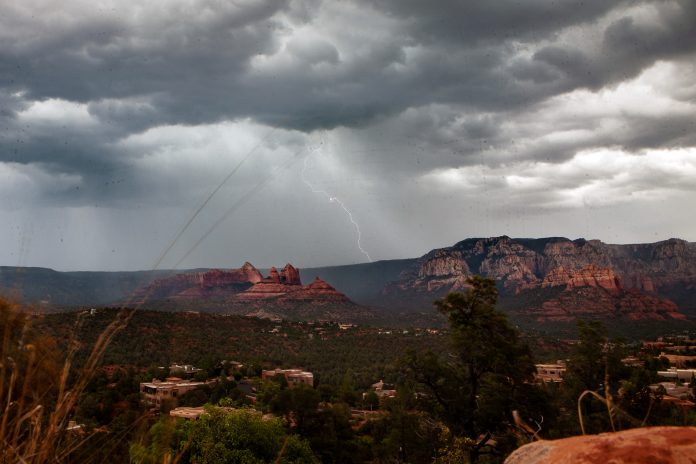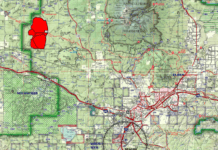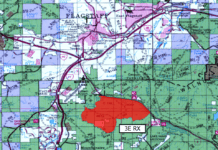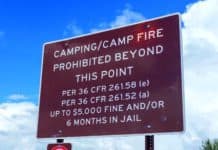
The Arizona Monsoon officially begins Monday, June 15.
Technically, the monsoon, or rainy season, starts when there are three consecutive days when the dew point averages 55 degrees or higher. But because that’s complicated, the National Weather Service declared in 2008 that the monsoon begins June 15 regardless of actual conditions.
There is no El Niño nor La Niña over the Pacific Ocean this year, meaning we should have a “neutral” year and, by all accounts, statistically average monsoon, which will be a welcome change from last year when there was really no monsoon due to the absurd amount of snow and cold weather we got the previous winter.
This also means we should expect an average fire season.
Even though temperatures were higher than normal in April and May, and May was the third-hottest on record, our fire season thus far has been tame. Only a handful of big wildfires have flared up in Arizona, and really none near the Verde Valley.
According to an article by our reporter Scott Shumaker in April, U.S. Forest Service is tackling fires differently this year due to the respiratory threat posed by COVID-19.
In a typical fire season, the USFS plan is to let some wildfires burn as a fire control method if they are in insolated areas, consuming dense undergrowth and making fires in subsequent years in those burned areas less likely.
This strategy aims to restore Western forests to somewhat natural conditions, when lighting-caused wildfires would burn every few years, sometimes with massive fires every few decades, but then burn themselves out, clearing the terrain for new growth. Nature has acclimated to the potential for severe wildfires; some pine trees in the Western United States actually require the high temperatures from wildfires to open pine cones and germinate.
The new quick suppression strategy is a return to the old one when firefighters with the relatively young USFS federal agency would aggressively tackle every fire from the start. The strategy prevented much spread, but lead to decades of unmitigated undergrowth leading to catastrophic blazes. While now discounted as an effective long-term plan, the USFS is temporarily reinstating it in many areas to prevent plumes of smoke from settling in inhabited communities and potentially causing breathing problems while Americans are simultaneously coping with COVID-19.
USFS also hopes to limit the spread of the disease in camps of firefighters who would be battling wildfires.
That said, with the high temperatures and more Phoenicians, Californians and visitors from other nearby states seeking to escape the heat and extended quarantines by enjoying Sedona, Oak Creek Canyon and other sites in Northern Arizona, we are at increased risk from wildfire. Typically folks from states in the Southwest are more aware of fire risks in the high desert than tourists from Delaware or Florida or Connecticut, so they should be less likely to start a wildfire as a group, but we still have yahoos born and raised in our state who have been careless and ignited infernos.
If you see a fire begin, immediately notify local fire agencies by calling 911. If a wildfire does start in our region, take precautions to protect yourself from the smoke.
Most healthy adults and children will recover quickly from smoke exposure and will not suffer long-term health consequences. However, exposure to fine particles can affect healthy people, causing respiratory symptoms and reductions in lung function. Particle pollution may also affect the body’s ability to remove foreign materials from the lungs, such as pollen and bacteria, leading to illness after a wildfire has abated.
Certain sensitive people may experience more severe acute and chronic symptoms. Those most at risk are:
– People who have pre-existing heart disease, chest pains, lung disease or asthma.
– Older adults who have weaker immune systems, and especially seniors at risk of heart and lung diseases.
– Very young children. Children’s airways are still developing and they breathe more air per pound of body weight than adults. Also, children often spend more time outdoors engaged in activity and play.
Contact the Sedona Fire District — or your local district if you live outside Sedona — and have fire officials check your property for defensible space. If a fire does arrive, you don’t want to lose your house to it either.
Monsoon storms are predicted to offer us some relief, but until then, stay safe.
Christopher Fox Graham
Managing Editor





















